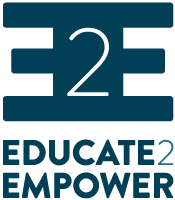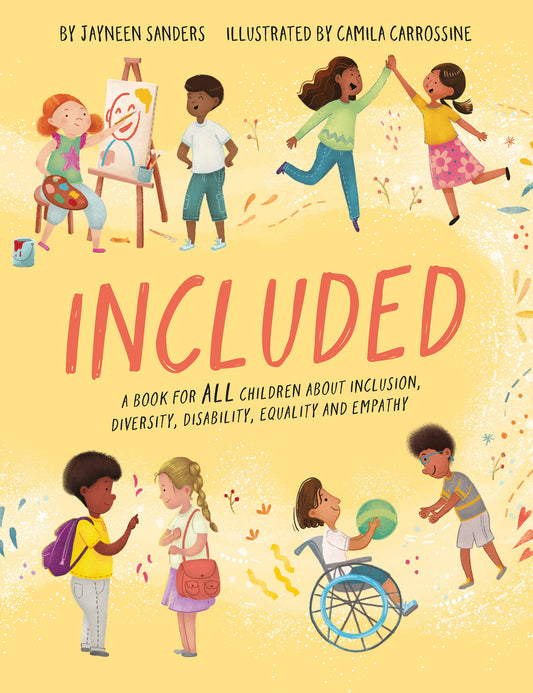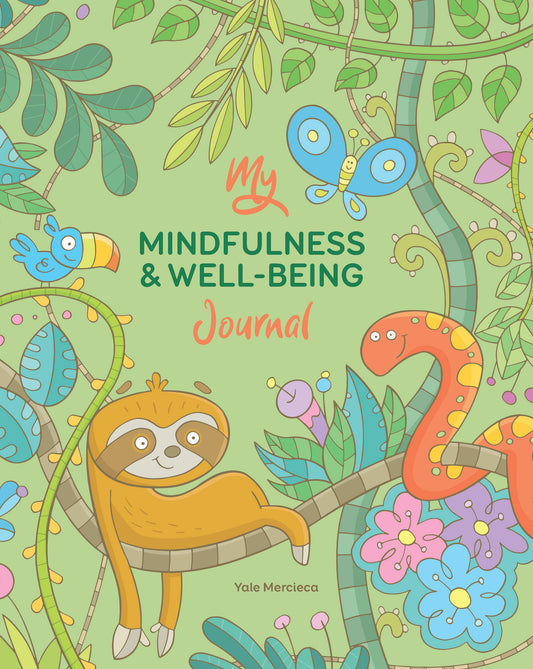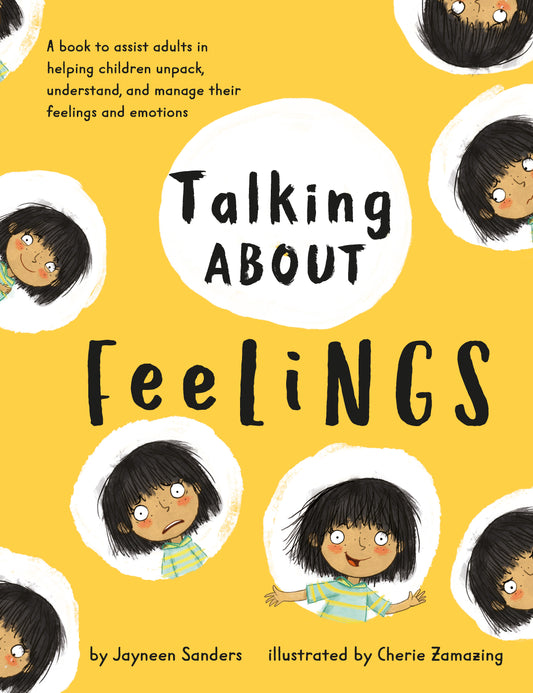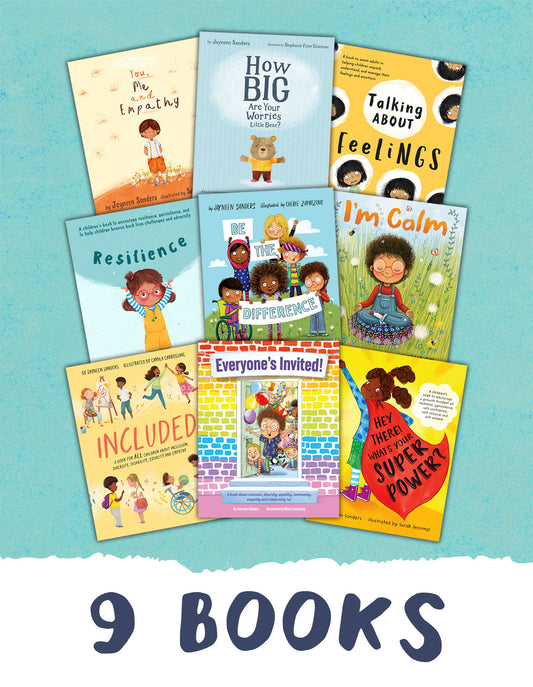Social Stories are an excellent tool to help kids prepare, understand and practice new situations or events that they may be concerned about. Social Stories were first introduced by Carol Gray in 1991 and are often used with children who have autism. That being said, Social Stories are widely used with all children to prepare them for upcoming new, unknown or challenging events or activities, e.g. beginning school or starting at a new school, going to the dentist, going for a covid injection, going on camp, etc.
Social Stories give children time to go over what they might expect to happen in a situation, allowing them time to practise for that event. They can also be used to help children manage big emotions such as anger, being overwhelmed or anxious.
A Social Story can be in book form, a PowerPoint presentation, a simple PDF or a role play you act out together. The language used should match your child’s age and reading ability and the pictures used can be of them or clip art.
The first thing you, as the parent, carer or teacher, needs to do is:
1. Picture your goal, i.e., what do you want the child to achieve.
2. Think through each step and ask yourself:
· What (do they need to do)?
· Where (do they need to go)?
· When (do they need to go)?
· Who (do they need to interact with)?
· Why (do they need go)?
OR
· What (emotion do they need to deal with)?
· Where (does this emotion come out)?
· When (do they feel this emotion)?
· Who (may ignite this emotion)?
· Why (might they feel this emotion)?
3. Start writing: begin with a title, e.g, Tess Goes to the Doctor/Vaccination Clinic
4. Use words and pictures appropriate to your child’s understanding and reading ability.
5. Keep the tone upbeat and positive: remember you are trying to teach your child strategies to cope or overcome a situation or event. End the story with: Good Job! Or Tess can do it!
6. Kids love Social Stories (who doesn’t love a good story and especially about oneself!). Seriously though, as a writer I know the power of story to teach difficult topics and to help kids get through challenging times. The extra bonus is:
a) you get to sit and read with your child
b) it is their story, so they are learning to read! Social Stories are re-read and re-read, and often practised (role-played) so this only increases your child’s reading ability and retention of the written language.
7. As an alternative to you writing your child’s Social Story, they could write the story with you!
Create your own book!
To make a small book fold 3 to 4 pieces of A4 paper or US Letter in half. Presto! You have a book! J
Sample Social Story
‘Tess Goes to the Vaccination Clinic’
Page 1
This is Tess.
Page 2
Tess is going to the Vaccination Clinic to get her Covid injection.
Page 3
Dad will go with Tess to the clinic.
Page 4
At the clinic, the receptionist will ask Dad and Tess some questions.
Page 5
Then they will sit and wait their turn.
Page 6
A nurse will call Tess’s name out.
The nurse will tell Tess his name.
Page 7
Tess and dad will follow the nurse to a little room.
Page 8
Tess will sit near the nurse.
The nurse will explain that he will be giving Tess her injection in her arm.
He may say that it might sting just a little bit.
Page 9
The nurse gives Tess the needle in her arm.
Tess is very brave.
Page 10
Great Job Tess!!
Page 11
Dad and Tess wait for 15 minutes to make sure Tess is feeling well.
The receptionist gives Tess a lollipop.
Page 12
Tess is amazing!
Great job, Tess!
Written by author, educator and advocate Jayneen Sanders.
